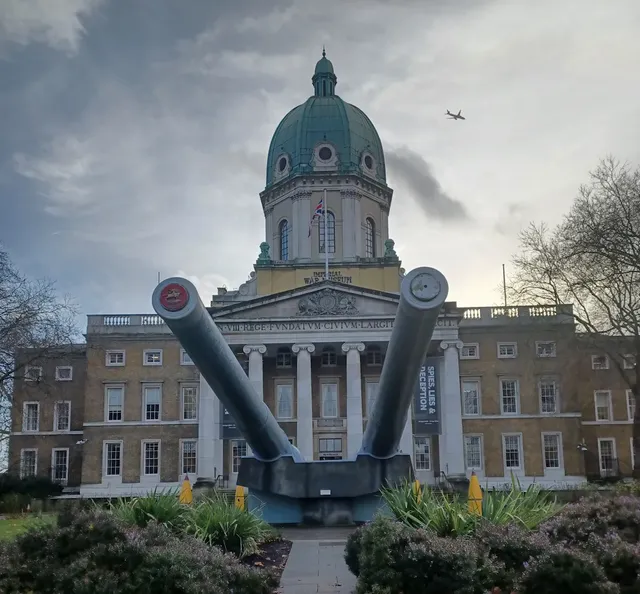Living with the Troubles
Late last year, I visited the IWM and its “ Living with the Troubles” exhibition. I was 14 when the Government sent in the Army presented as protecting the civil rights marchers from a sectarian and violent police force and 43 when the Good Friday agreement was signed; I lived in London, also working in government buildings for much of that time. This exhibition though is about Northern Ireland and the experiences of those who lived there and participated in, or tolerated and survived the Troubles.

There was one picture documenting the aftermath of a riot in Belfast, taken from a height showing a large area of dereliction. We see similar pictures today from war zones, but I believe that this was a symbol or symptom of underinvestment and community poverty. There were similar sites in London and Liverpool, and probably other British cities, and similar imagery is available in the film/musical, “the Commitments”. It’s hard to remember the poverty and inequality that existed in the UK in the 1960s/1970s and at the end of the decade I went to university, one of the 4% of the school leaving cadre that went to university i.e. I was not trapped in that poverty, but I do remember the installation of central heating and the later demolition of the house’s coal bunkers. (We didn’t have an outside toilet though 🙂 ).
Thinking about the issue of poverty in Northern Ireland, I went to looking for some economic statistics on income and wealth and found a 2019 paper, “The Northern Ireland Economy: Problems and Prospects: FitzGerald and Morgenroth July 31st2019, Trinity Economics Papers”. I summarise the abstract as follows, “Low productivity has led to low growth, worse than Scotland and East Germany”; they do not quote comparative figures to Eire. They argue that a lack of investment in plant and human capital is the cause. The paper was written before the exact terms of the Brexit withdrawal agreement on the location of the customs border was known. Northern Ireland has benefited from the advantages of being within the UK economy and the single market of the European Union and has become one of the fastest growing regions within the UK. The paper also seems to ignore the subsidy from Eire which have become available since Brexit.
I also found a blog article at the unconventional soldier that summarises aspects of the exhibition and adds the soldier’s personal photos to the story. The unconventional soldier quotes the exhibition curator as stating the purpose of the exhibition is to show how hard it is to discover the truth and that all participants have to allow their once-enemies a voice.
The IWM’s site also has a picture gallery, called “20 Images of the Troubles”.
The closing video, consisting of landscapes and quotes, shows that despite nearly 40 years of an “absence of war” the sectarianism behind the politics is not over and peace and co-existence yet to become the reality. The Good Friday agreement entrenches the sectarian divide into NI’s constitution. It maybe that this settlement has reached its end but the video suggests large elements of the population may not yet be ready to move on. Our hope must be with the young, noting that the census results of 2021 have 50% of the population being under 40. Sadly, the old men of violence and the ultra-expressive sectarians seem still able to recruit to their cause. Let’s hope that the young can overcome this and build a political leadership interested in inter-community peace.
I learned things and am glad I went.
Originally published at https://davelevy.info on December 11, 2023.